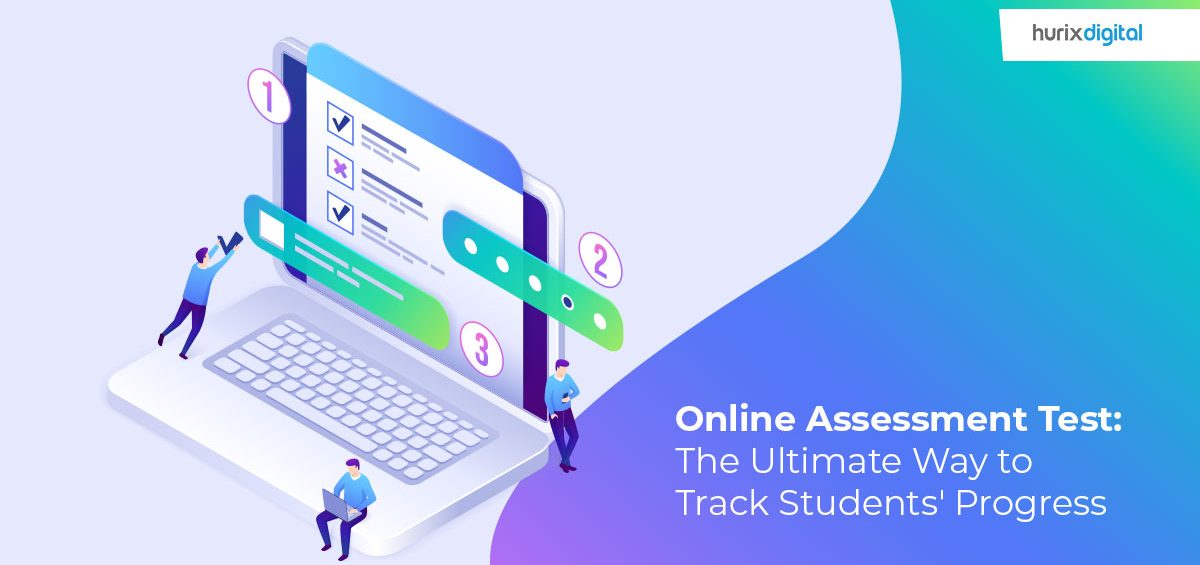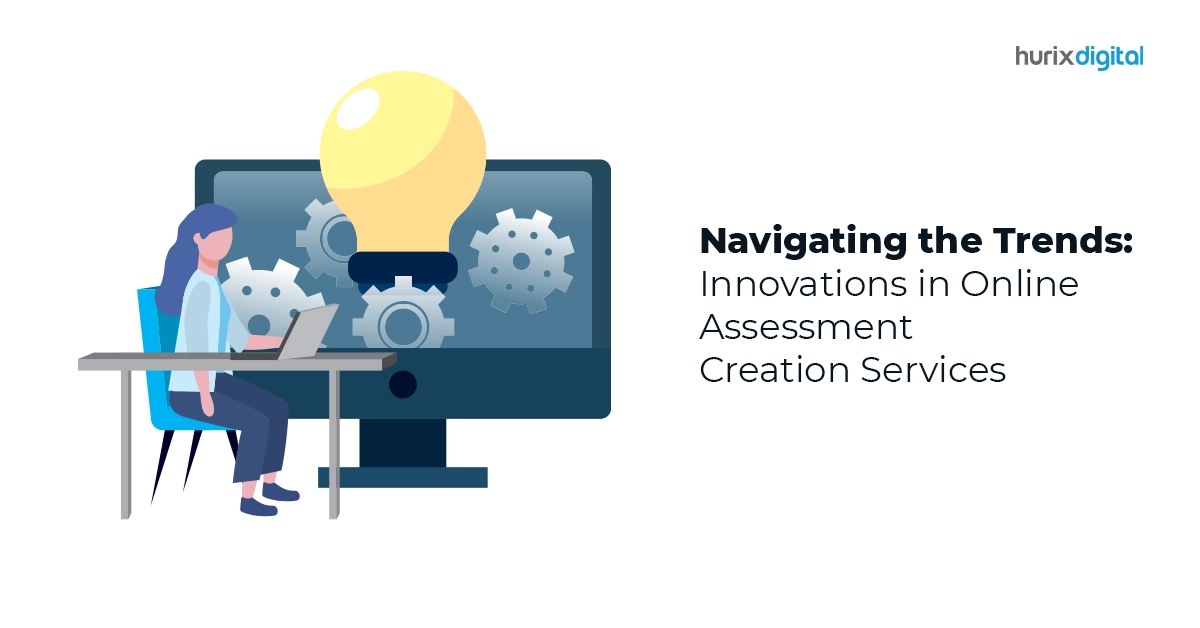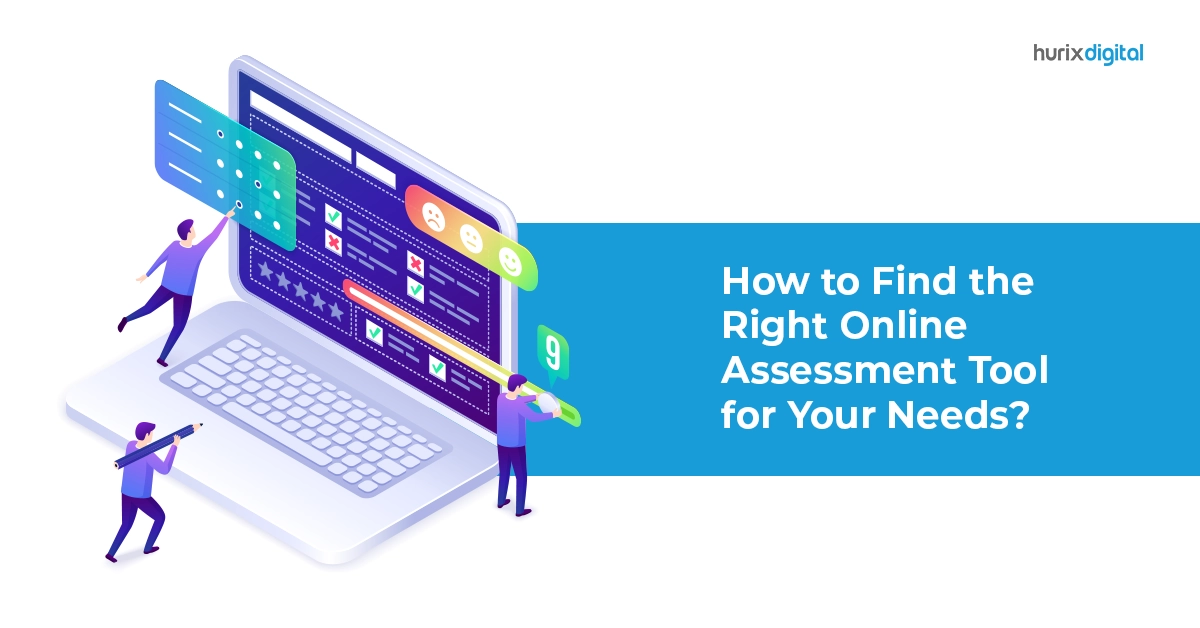Effective assessment of the student’s performance is critical to running an educational institution. Proper assessment of the students’ learning journeys helps gauge their progress and measure their level of achievement. The traditional educational system doesn’t do justice to the assessment process as it follows a one-dimensional approach to measuring students’ progress.
However, given the ever-rising popularity of online education, it is time to revamp the assessment process as well. The number of learners who opted for massive open online courses (MOOCs) rose drastically from 300,000 in 2011 to 220 million in 2021 (1). As the field of education continues to evolve, online assessment tests and digital assessment tools for teachers are becoming increasingly common.
Online assessment tools for teachers and e-learning assessment tools are revolutionizing how students’ performances are evaluated. Online tools for assessment come with a range of benefits for teachers and students.
Table of Contents:
Online Assessment Tests: Benefits Of Online Assessment For Students
Online assessment tests are time-saving, cost-effective, and bring a host of other benefits to the table as well. E-learning platforms are revolutionizing the way people educate themselves.
Also Read: Why Is It Essential To Get the Right Digital Assessment Tool?
1. Range of Assessments
With the availability of digital assessment tools for teachers and appropriate software, it is possible to prepare a range of assessments using online assessment tests.
- Summative Assessments
Summative assessments are for assessing both the educational program and the learning of the participants. These assessments are basically conducted at the end of the term of learning and include mid-term, half-yearly, and end-of-the-term exams. Projects and assignments are also included in this category.
Online tools for assessment can help teachers develop quizzes, activities, and other kinds of engaging content. Furthermore, they can create summative assessments more comprehensively, allowing for modules that analyze students’ critical thinking skills and ability to communicate effectively.
- Formative Assessments
Formative assessments include a range of formal and informal assessments aiming to monitor student learning and provide ongoing feedback. The feedback is used to improve the teaching methods used by the instructors to enhance the student’s learning experiences.
Formative assessments also help students identify their strong points and also those areas that they need to focus on more. Using different types of formative tests helps teachers determine the comprehension capacities and understanding capabilities of different students.
By utilizing a student progress tracker online, educational institutions can easily carry out formative assessments and track whether students are performing well or not.
2. Proctored Examinations
Proctored examinations are timed examinations in which the students are monitored and authenticated while they give the examination. In online proctored examinations, the students are monitored using computers, webcam video, and audio.
The proctoring software records the data and transfers it to a proctoring service for review. An online infrastructure supports all the activities in an online assessment test. The online examination proctoring market is predicted to reach US$ 1,742.95 million by 2028.
In remote examination systems, there are security concerns regarding students cheating. However, by integrating proctoring software, one can authenticate online assessment tests.
Audio and video features can capture the students’ movements during the entire during of examination to ensure that they maintain the code of conduct and don’t cheat.
Features of Online Proctoring Systems:
- Authentication of students
- Real-time monitoring of students
- Raising flags in real-time
- Availability of data for later review
3. Online Question Bank
In traditional education, teachers typically prepare question papers by typing down questions after referring to books, course materials, and the previous years’ question papers. This process is tedious and time-consuming.
However, in online assessment tests, the questionnaires are stored online, making it extremely simple for the instructors to access them when and as needed. Another benefit of using e-learning assessment tools is that multimedia questions can be asked in the examination. Instructors can create questionnaires with audio, video, and text options with the help of these tools.
4. Online Assessment Rubrics
A rubric is a set of criteria used for assessing learners’ performance. It provides more details than just marks or grades and is more objective. Online assessment rubrics are highly efficient for assessing online examinations.
Not only do they increase objectivity and reduce subjectivity, but they also reduce grading time and address a few other issues related to traditional assessment. They convey timely feedback to students and help them understand which areas need more focused attention. Rubrics typically include levels of performance and descriptors, presented as a grid-type structure.
Some common rubrics that instructors often use:
- Analytic Rubrics
- Developmental Rubrics
- Holistic Rubrics
- Checklists
Also Read: A Comprehensive 7-Step Process to Design a Competency-Based Curriculum
5. Online Exam Notification
One of the major benefits of using online assessment tests is that students can be easily notified of the exam dates. Traditionally, students had to check the college or university notice boards for exam schedules, and there was the risk that someone could miss the notification.
However, with online assessment tests, the exam notification also happens online, and every student is notified of the exam schedule through emails and text messages. Educational institutes now have the option of sending notifications and alerts to students through various communication channels.
In the case of younger students, their parents can access the school’s online portals to check the exam schedule.
6. Automated Marking
Automated marking software programs are among the most useful digital assessment tools for teachers. Unlike in traditional education, where teachers were expected to put in several hours of dedicated work to check and grade examination papers, in online education, marking can be easily automated using appropriate software.
Students take online assessment tests electronically. These papers are then marked by software capable of accurately checking the answers. The automated marking facility speeds up the checking process and is more accurate than human teachers.
The performance report is also generated online, and the students can log in using their credentials to access their reports.
7. Online Report Generation
In recent years, educational institutions have increasingly used online assessment tests and report generation. Using a student tracking system that comes equipped with analytical tools can help generate accurate reports for tracking students’ academic performance.
Besides report cards, it is also possible to create graphs and detailed charts to track the student’s performance over a while and get a proper insight into their learning journeys.
Conclusion
Given the rapid ongoing evolution of the global education landscape, it is high time every higher education institution integrated components of e-learning and online student assessment into its system.
For more than twenty years, Hurix Digital has been providing world-class online teaching platforms, digital solutions, and training solutions to educational institutions and enterprises.
Known for our cutting-edge technology and software infrastructure, we have helped multiple clients like you create customized e-learning modules and online assessment solutions. Get in touch with our experts at Hurix to design online assessment test solutions tailored to match your institution’s unique requirements.











